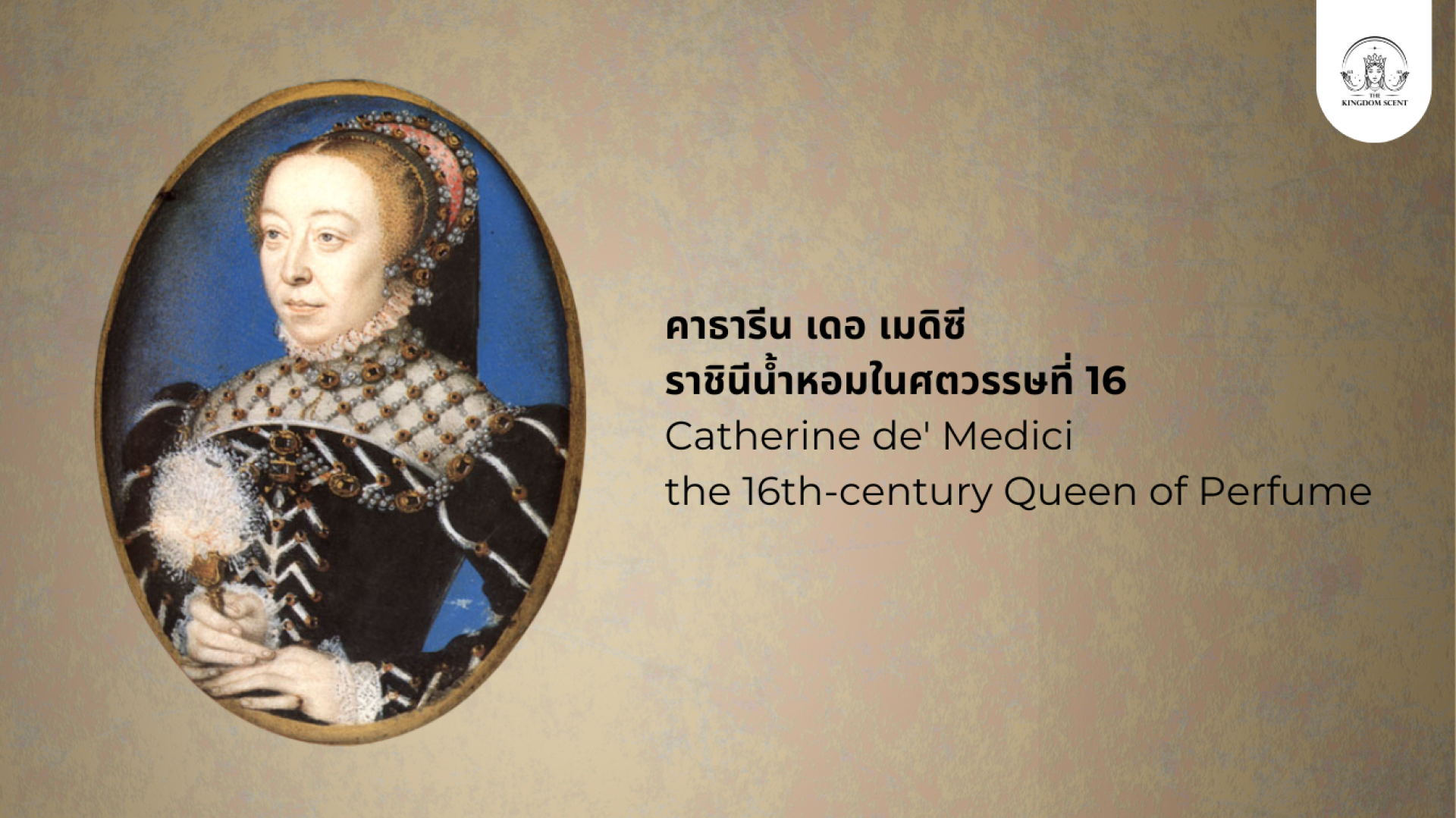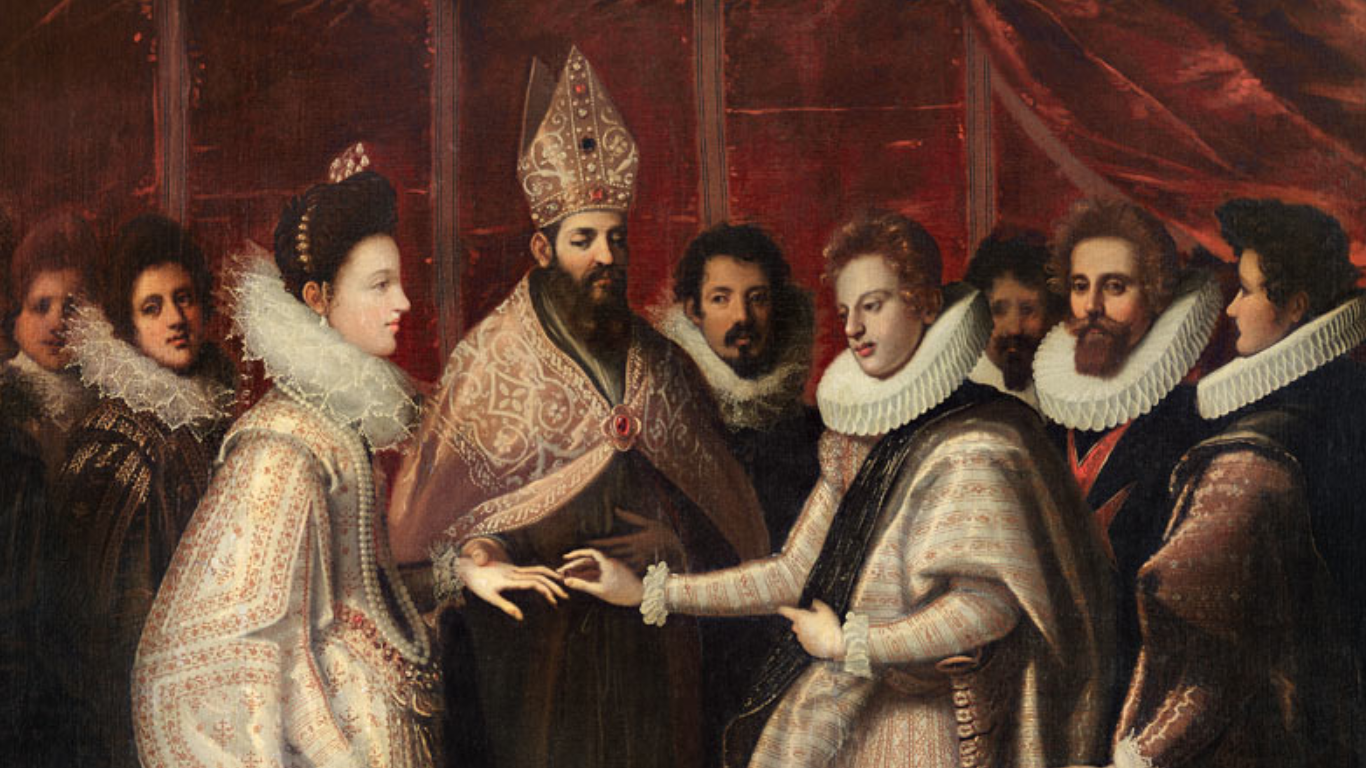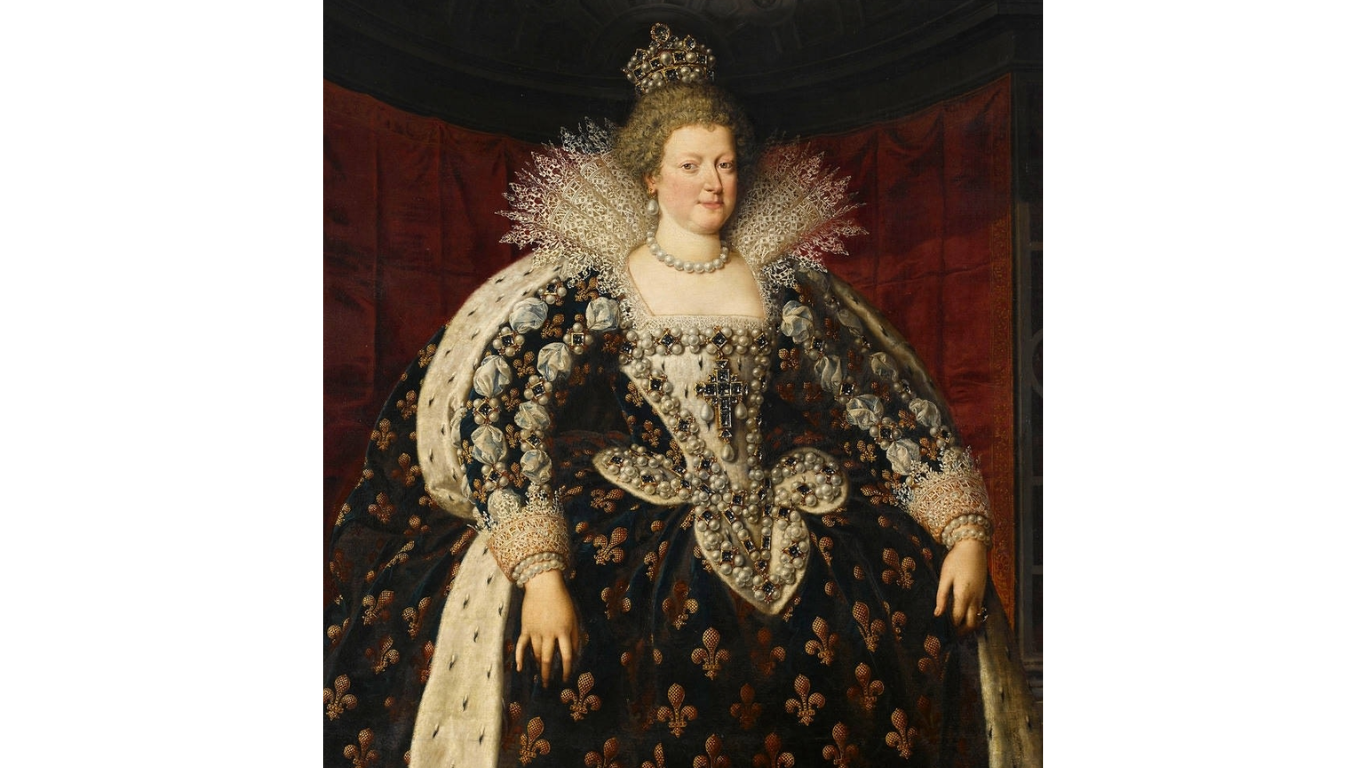Catherine de' Medici the 16th-century Queen of Perfume

Catherine de Medici was one of the most influential women in European history. Not only did she serve as Queen of France, but she also played a key role in transforming the culture of scent within the French royal court. Her legacy earned her the title The Perfume Queen of the 16th Century.
The Beginning of Fragrance in the French Court
In 1533, Catherine de Medici married King Henry II of France. She brought with her the art of perfumery from her native Florence, Italy, formally introducing it to the French royal court. At the time, perfumes were not only used for allure and charmthey also served to mask unpleasant odors in an era when bathing was infrequent. Fragrance played roles in religious rituals, funerals, and even political diplomacy, helping to project an image of grace, power, and refinement.

Catherine de' Medici was married to King Henry II of France in 1533.
The Nose Behind the Queens Signature Scent
Catherine's perfumes were not sourced from afar but were personally crafted by her private perfumer, René le Florentin, also known by his original name, Renato Bianco. An Italian she brought from Florence, René created custom scents uniquely tailored for the Queen. Catherine often wore scented pendants around her neck and carried her signature fragrance wherever she went. This habit inspired nobles and aristocrats to embrace the world of perfumery.
Catherine de' Medici
Supporting Grasse The Birthplace of Perfume
Catherine also played a vital role in promoting Frances perfume industryespecially in Grasse, a southern town blessed with the perfect climate for cultivating aromatic flowers such as roses, jasmine, and lavender. These became the key ingredients for high-quality fragrances. Catherine supported advancements in extraction techniques, scent preservation, and production methods. Her patronage helped transform Grasse into the worlds perfume capital, a title it still holds today.
Perfume as a Cultural Identity
During Catherines reign, perfume evolved from a private luxury to a cultural marker. It spread throughout the royal family, the nobility, and even public royal ceremonies. Fragrance became a symbol of refinement, elegance, and taste. It was sprayed in banquet halls, blended into cosmetics, and sewn into scented garmentsbecoming an inseparable part of the royal aesthetic.
A Legacy That Still Lingers
Catherine de Medicis passion for perfume did not fade with time. On the contrary, she laid the foundation for France to become a world leader in perfumerythrough its knowledge, craftsmanship, and the cultural integration of scent. The connection between fragrance, art, luxury, and French identity all traces back to her enduring influence.
If youre passionate about fragrance and want to explore or create your own signature scent, feel free to consult with us at www.thekingdomscents.com. Our team is happy to guide you through every step of your perfume journey.
References
History of Perfume (Wikipedia, academic references)
Perfumed Textiles (UNL Digital Commons)
Perfume Legends: French Feminine Fragrances by Michael Edwards (1996)
Leonie Frieda, Catherine de Medici


